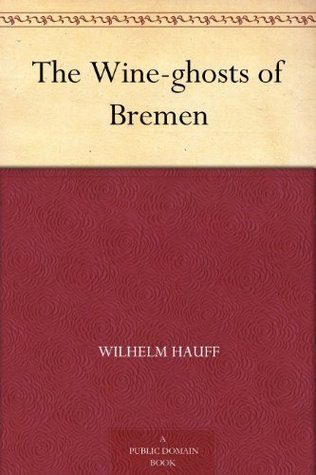
This work has been selected by scholars as being culturally important, and is part of the knowledge base of civilization as we know it. This work was reproduced from the original artifact, and remains as true to the original work as possible. Therefore, you will see the original copyright references, library stamps (as most of these works have been housed in our most important libraries around the world), and other notations in the work. This work is in the public domain in the United States of America, and possibly other nations. Within the United States, you may freely copy and distribute this work, as no entity (individual or corporate) has a copyright on the body of the work. As a reproduction of a historical artifact, this work may contain missing or blurred pages, poor pictures, errant marks, etc. Scholars believe, and we concur, that this work is important enough to be preserved, reproduced, and made generally available to the public. We appreciate your support of the preservation process, and thank you for being an important part of keeping this knowledge alive and relevant.
Authors

Wilhelm Hauff was a German poet and novelist best known for his fairy tales. Educated at the University of Tübingen, Hauff worked as a tutor and in 1827 became editor of J.F. Cotta’s newspaper Morgenblatt. Hauff had a narrative and inventive gift and sense of form; he wrote with ease, combining narrative themes of others with his own. His work shows a pleasant, often spirited, wit. There is a strong influence of E.T.A. Hoffmann in his fantasy Mitteilungen aus den Memoiren des Satans (1826–27; “Pronouncements from the Memoirs of Satan”). Hauff’s Lichtenstein (1826), a historical novel of 16th-century Württemberg, was one of the first imitations of Sir Walter Scott. He is also known for a number of fairy tales that were published in his Märchenalmanach auf das Jahr 1826 and had lasting popularity. Similar volumes followed in 1827 and 1828. His novellas, which were collected posthumously in Novellen, 3 vol. (1828), include Jud Süss (The Jew Suss; serialized 1827).